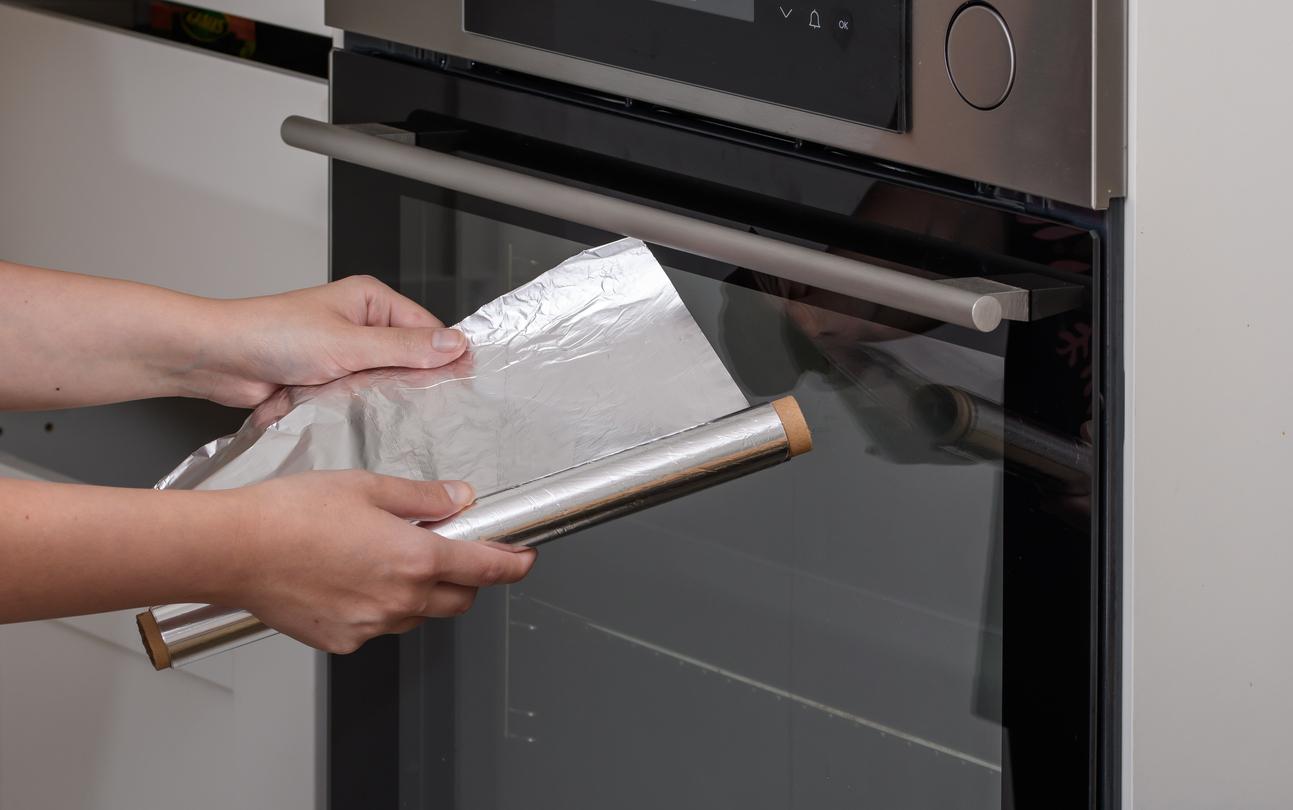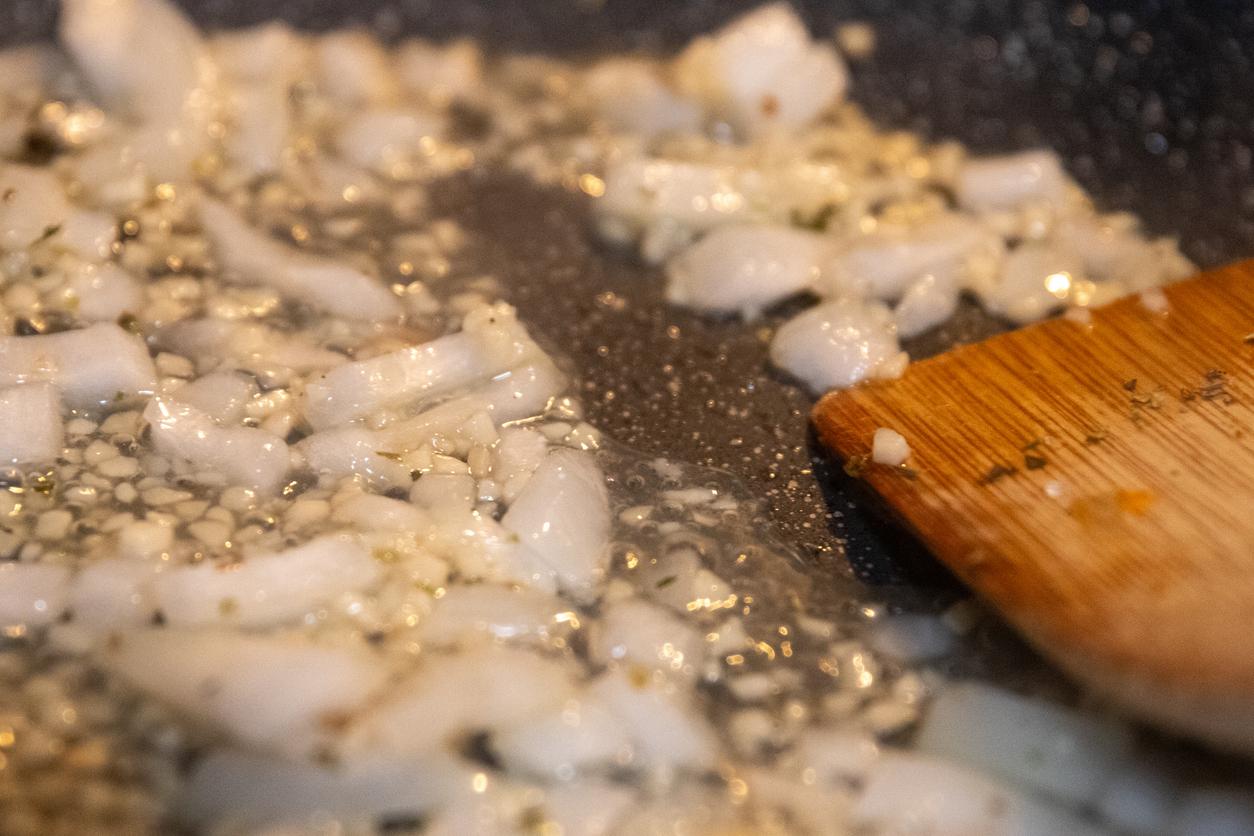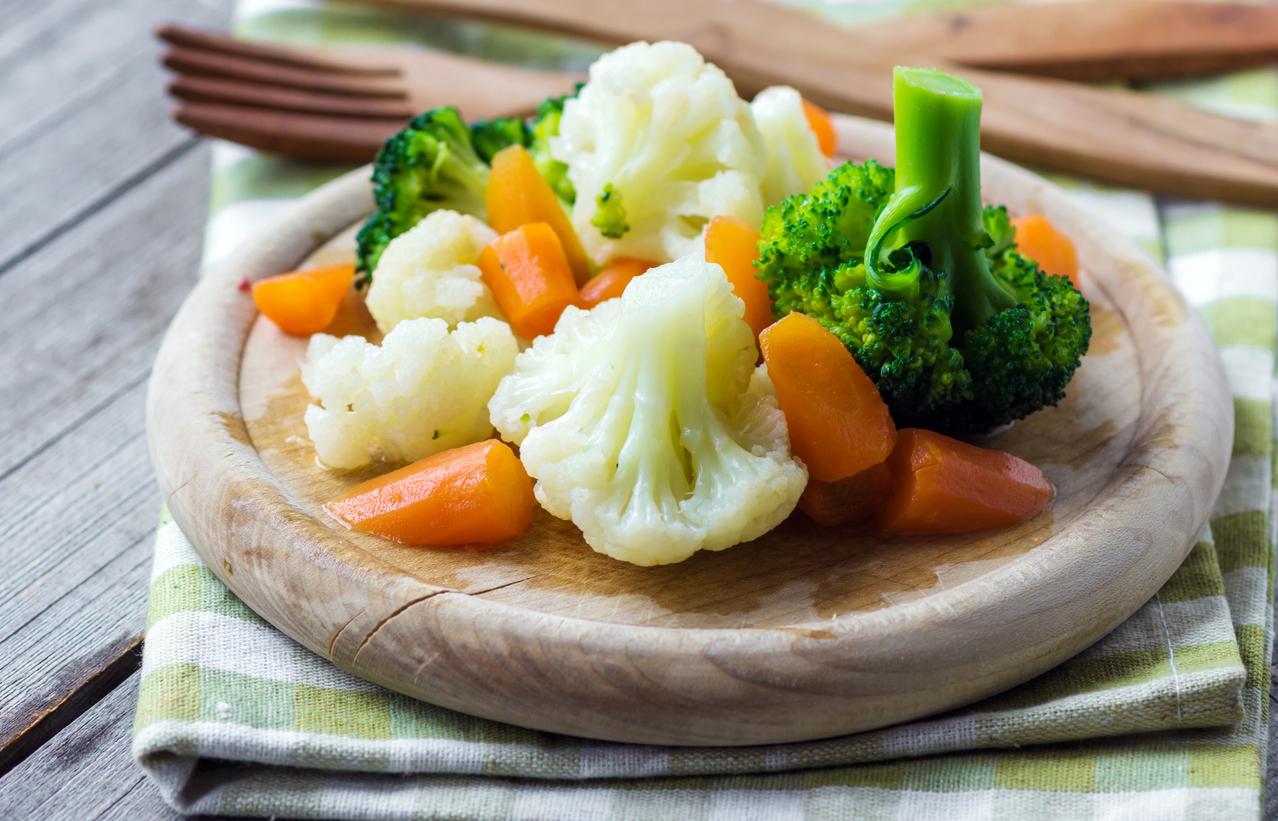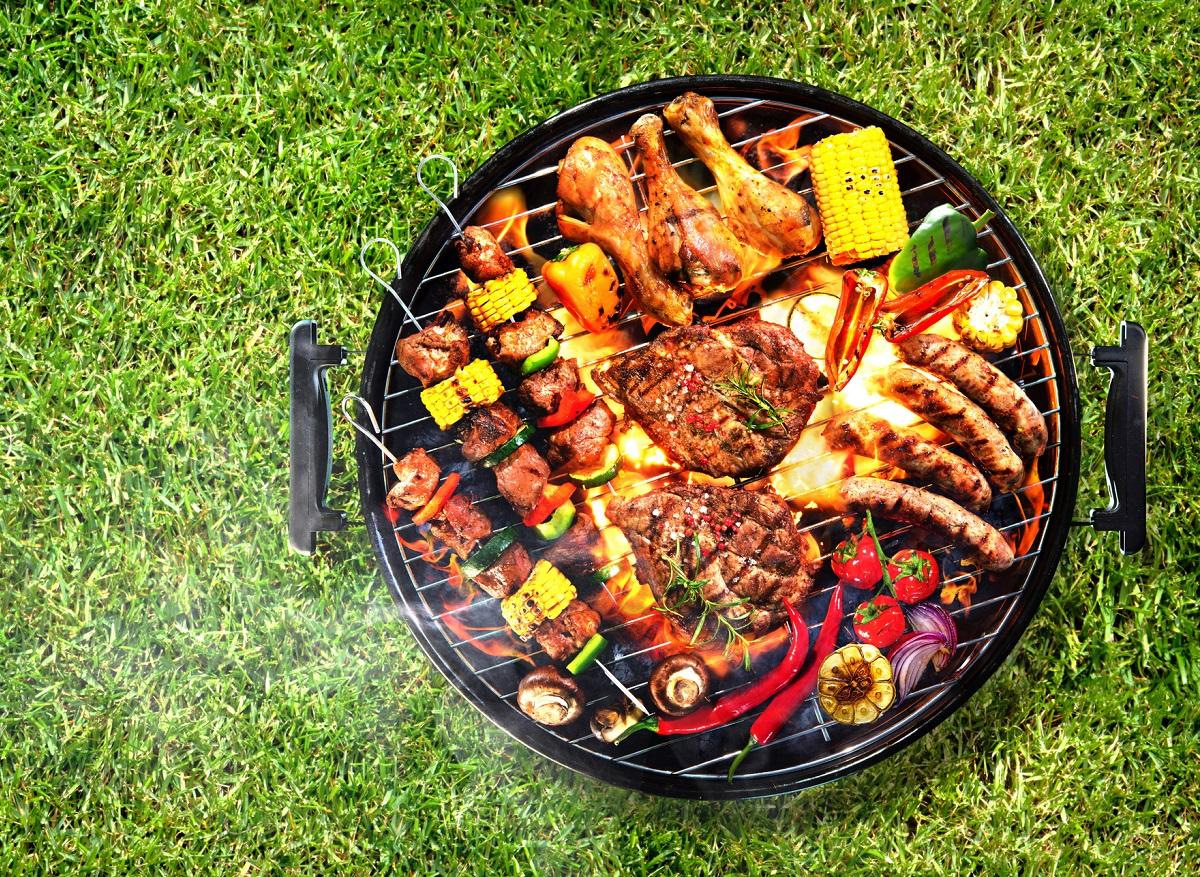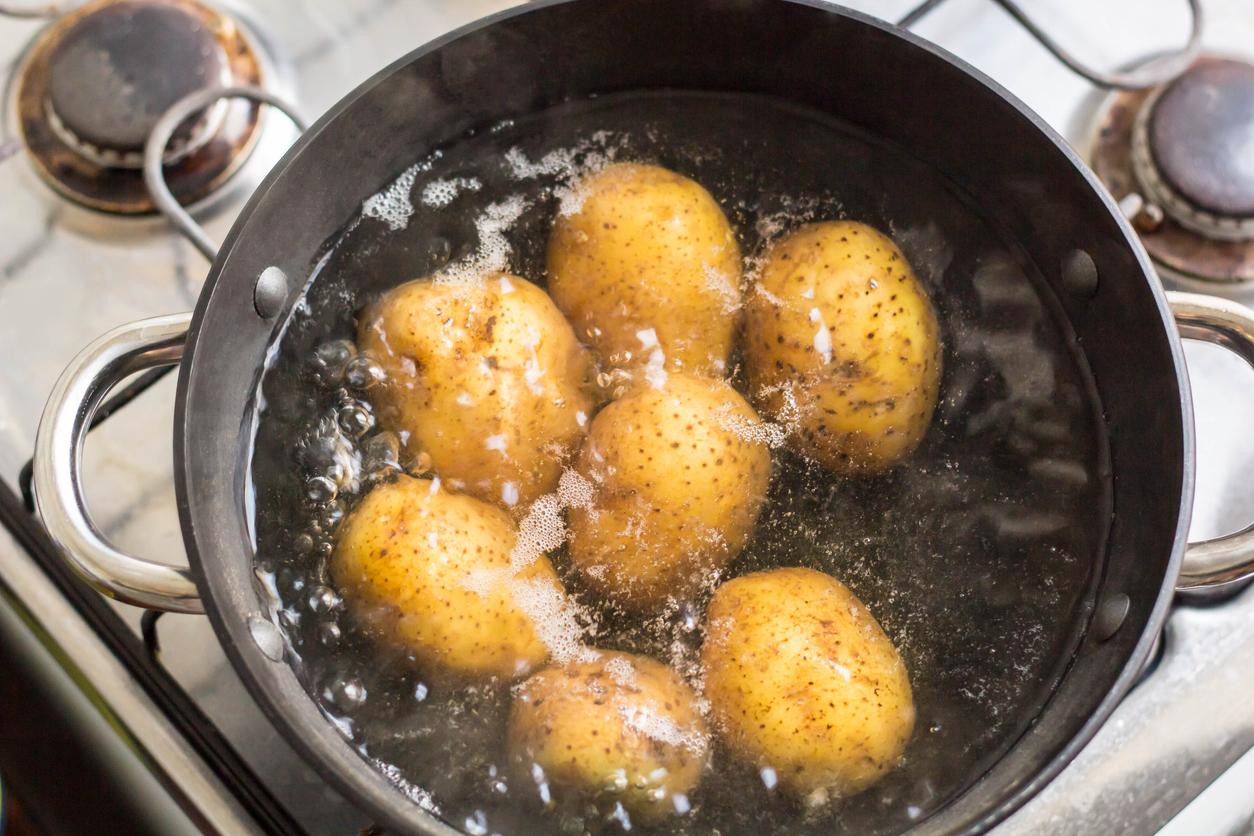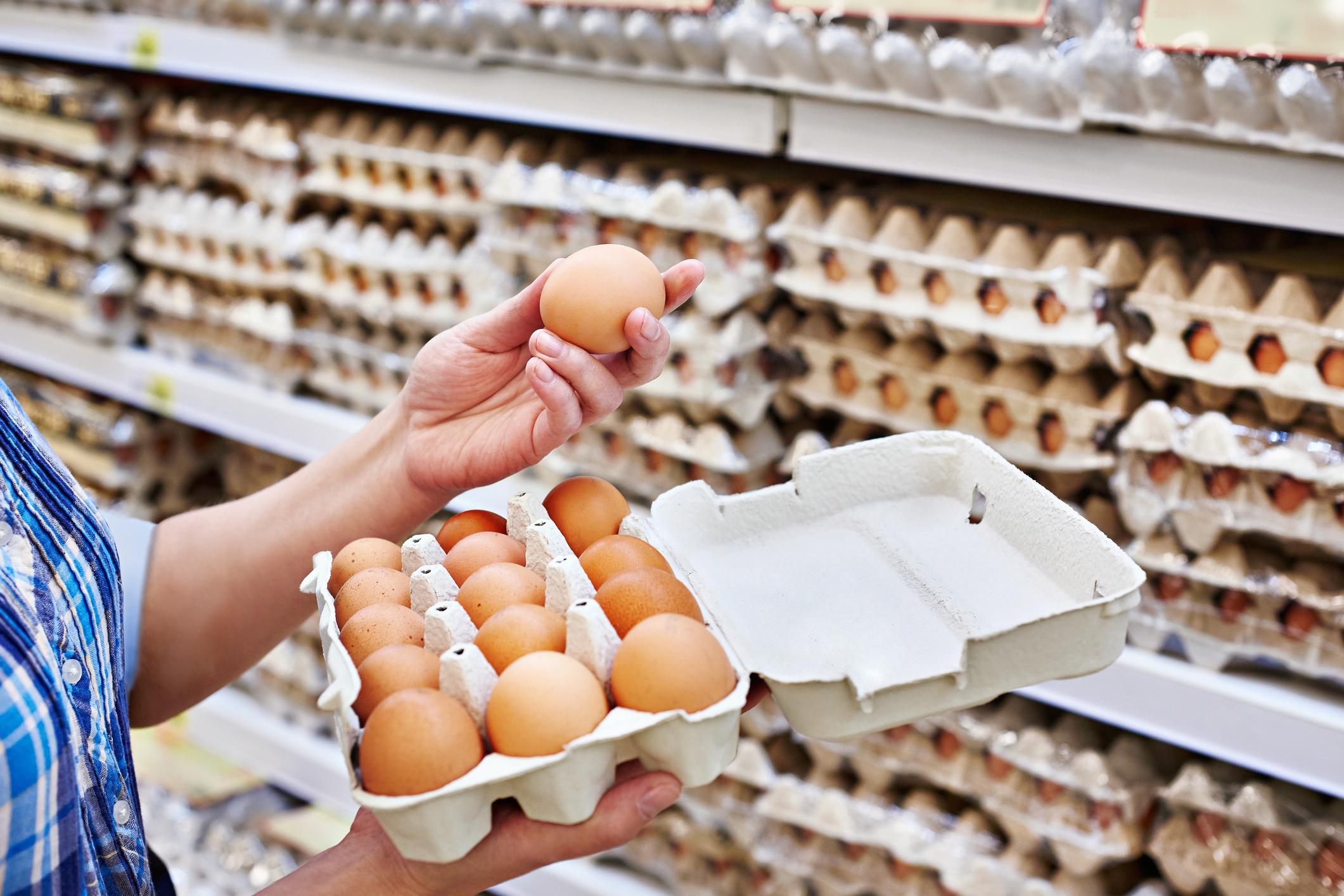To make our lives easier, manufacturers offer practical cooking utensils that go from the fridge to the oven, efficient ones that conduct heat well or even clever ones that cook without sticking. Yes, but health in all this? Some materials can indeed release harmful compounds classified as carcinogenic or endocrine disruptors. To avoid swallowing too much, it is better to discard certain materials and favor two: glass and stainless steel.
Plastic: not fantastic
If some plastic containers say they can be microwaved or some plastic films can be cooked, better not to heat themas this promotes the migration of plastic compounds into food. “We know little about their composition, each manufacturer has its own recipe. Even those that claim to be “free of bisphenol A”, an endocrine disruptor, may contain other equally problematic bisphenols” points out Dr. Laurent Chevallier, nutritionist.
Aluminum: to be avoided
Light, recyclable and a good conductor of heat, aluminum seems at first glance interesting in the kitchen. Yes, but it is a heavy metal, toxic for the body, in particular for the nervous system, the bone tissue and the intestines, it is suspected of promoting neurodegenerative diseases such as Alzheimer’s.
Heat and acidity (white wine, lemon, tomato, etc.) contribute to the migration of this metal into food. It is therefore better to avoid pans, trays and other aluminum foil.
Teflon: with caution
Non-stick pans have a PTFE (Teflon) coating which can generate toxic compounds from 230°C and contain perfluorinated compounds intended to make this coating adhere.
“If the PFOA [acide perfluorooctanoïque, NDLR], considered carcinogenic and endocrine disruptor, is now banned, manufacturers use other perfluorinated less studied today, but surely just as harmful » warns Dr. Chevallier.
Stainless steel: like the pros
A favorite of chefs, stainless steel has the advantage of being inert: it does not alter the taste, appearance or smell of food. It is also compatible with all types of lights.
Healthy, robust, durable, easy to maintain, rustproof… the best is 18/10 stainless steel with 18% chromium and 10% nickel. But people allergic to nickel will take 18/0. It is worth investing in a stainless steel battery, because, in addition to the health benefits, it is for a very long duration.
Pyrex: super healthy
“Glass is, with stainless steel, one of the most neutral materials, with no risk of interactions with food, to favor in your kitchen” assures our expert. Pyrex glass, based on borosilicatehas the particularity of resisting high temperatures. It can be used to heat food in the microwave or bake a cake or casserole in a traditional oven. It is easy to maintain, quite strong, but be careful not to drop it, because it breaks!
Cast iron: it’s solid
Natural cast iron, an alloy of iron and carbon, allows healthy cooking. Robust and scratchproof, a film forms on its surface over time and improves cooking (this is seasoning). Enamelled cast iron, covered with a layer of enamel to prevent seasoning, must be lead and cadmium free. Cast iron diffuses heat well and is perfect for casseroles.
Ceramics: provided you choose it well
Ceramic (based on silica) is promoted as a healthy alternative to Teflon. It does not contain PTFE and withstands high temperatures better. But with use, these non-stick properties fade.
Moreover, “we don’t know the method of manufacture, there may be glues and resins that contain toxic compounds” points out Dr. Chevallier who recommends favoring ceramic stoves made in France (with the NF standard) rather than in China.
Our expert : Dr Laurent Chevallier, nutritionist, attached to the University Hospital of Montpellier
















